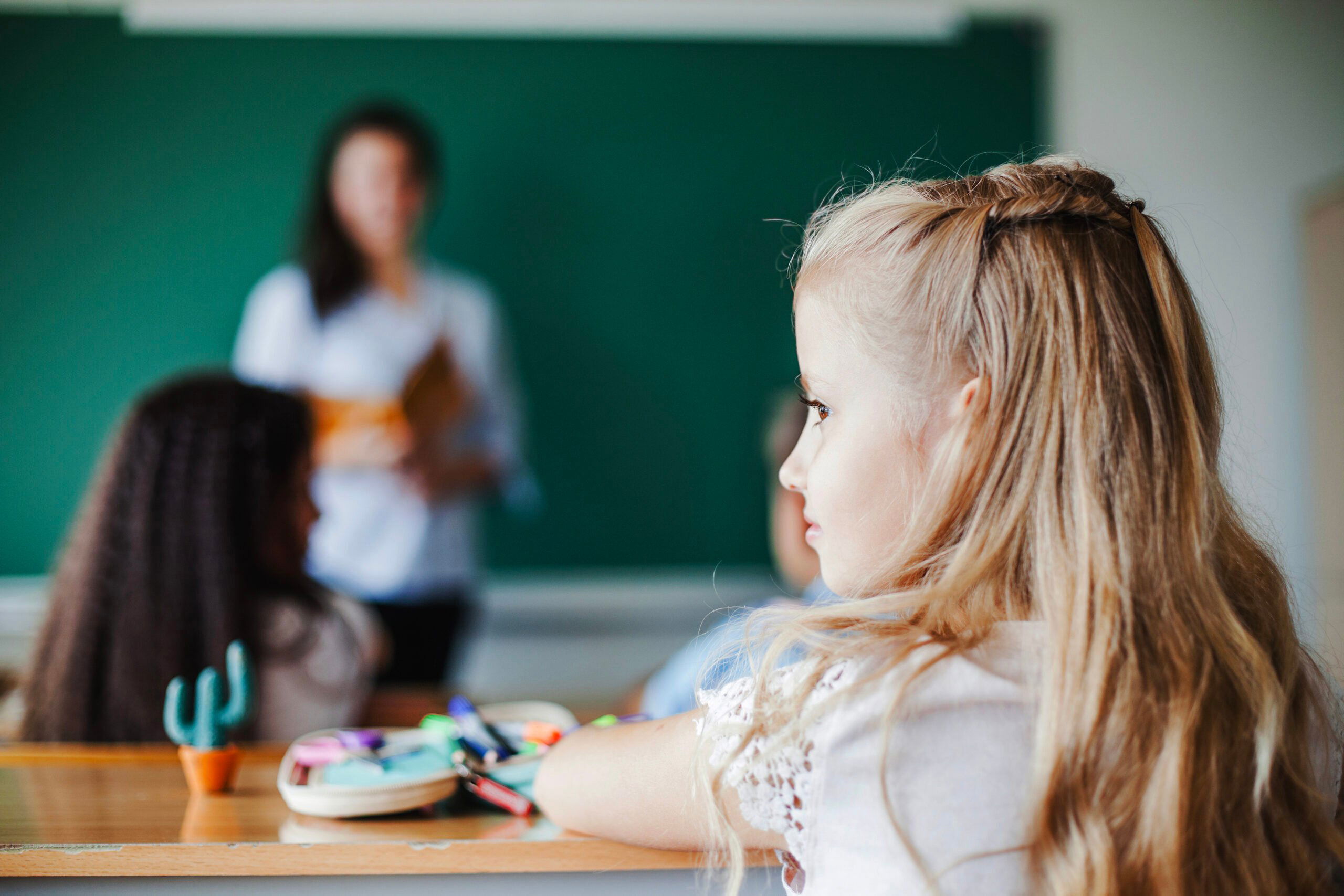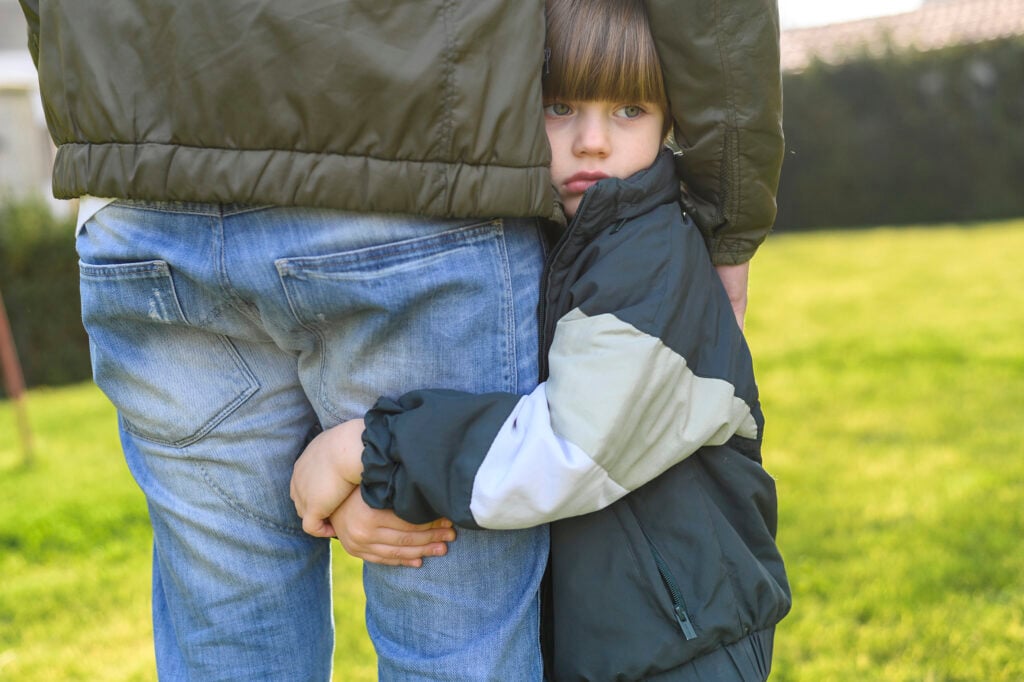Stronger Together: Building Child Safeguarding through School and Family Collaboration

By Mariann Csoma
School is more than a place of education. It is a home of exploration and belonging, where children grow in knowledge, confidence, connection, and identity. Academic achievement is just one part of the journey. As children learn and play alongside their peers, they shape their social identity, starting with their first friendships and evolving through the deeper bonds and complex relationships they form. School is also where they begin to navigate the emotional landscape of growing up. They face conflict, experience pressure, celebrate successes, and sometimes endure failure. Through these experiences, they learn when to trust, ask for help, and recover from setbacks.
This journey can feel like a rollercoaster. One day may bring joy and confidence, another may bring anxiety or withdrawal. These ups and downs impact a child’s behaviour, ability to focus, and ability to learn. Recognising this, it becomes clear that education must extend beyond academics to prioritise the overall wellbeing of every child. And that is where safeguarding begins.

Safeguarding in a School Setting
Safeguarding is the comprehensive approach schools take to ensure that children are safe, healthy, and emotionally secure. When children feel safe, learning can flourish. A safe school actively sees, hears, and values every child, not only on good days but especially hard ones. Safeguarding is not a checklist or a set of rules. It is a school-wide mindset, embedded in every decision and interaction. It spans from when a child steps onto school grounds to when they return home. This culture of care is visible in daily practice: clean and secure facilities, trained school staff, regular attendance monitoring, wellbeing lessons, digital safety measures, anti-bullying programs, and tailored support for students with additional needs.
Effective safeguarding is not just about responding when something goes wrong. It’s about noticing early signs of concern and acting before issues escalate. Whether it’s a shift in the child’s mood, frequent absences, or a sudden behaviour change, an early intervention can help identify those symptoms, address them, and provide the appropriate support to the child and their caregivers.
Importantly, safeguarding doesn’t stop at the school gate. It also means supporting families in creating nurturing environments at home and ensuring children are protected in both the physical and digital worlds.
Safeguarding as a Shared Responsibility
Safeguarding places a child’s wellbeing at the heart of every decision. It is not about assessing or judging parenting but about building a partnership between caregivers and educators. When both sides trust and engage in open, honest communication, safeguarding becomes a collaborative strength. There may be moments when difficult conversations arise. Discussions around a child’s well-being can often feel sensitive, and parents may naturally feel uneasy when concerns are raised. However, safeguarding is not about assigning blame but actively supporting the family and looking for effective solutions. When these discussions are approached with empathy, they create trust and shared commitment to the child’s welfare.
Safeguarding is not just about observing, it’s about hearing and understanding. Each child is shaped by their unique context, and behind their behaviours and expressions lie stories that only their families can fully understand. This is why listening is such a vital component of safeguarding. Families know their children best and can notice the small changes, subtle cues, and emotional shifts that may not always be visible to others. Their perspective is invaluable, providing essential insight that helps complete the picture of a child’s emotional, social, and academic needs.
Safeguarding is vital for children with special educational needs. These children may face greater vulnerability due to communication challenges, reliance on adult care, or difficulty navigating social dynamics. This does not reflect fragility, but a need for increased awareness and tailored support. Families of children with additional needs are often profoundly attuned to their child’s emotional landscape. Their insights are indispensable.

Safeguarding in an International School Community
As we’ve seen, safeguarding is built on the foundation of shared responsibility and mutual respect between parents and educators. This partnership becomes even more critical in an international school setting, where families face unique challenges. Raising children abroad presents rewards and complexities, mainly when parents are separated from familiar support networks and extended family. The absence of nearby relatives, language barriers and unfamiliarity with local systems can create isolation and uncertainty.
In such an environment, collaboration is not just helpful but essential. Safeguarding in an international context extends beyond protection; it fosters connection. Educators, parents, and other professionals supporting the child must work together to create a comprehensive circle of care for every child. This inclusive and proactive network ensures no child falls through the cracks. In this setting, schools play a pivotal role in helping families navigate these challenges, connecting them with trusted resources and local services when necessary.
Educators and families build a support system beyond the classroom when they join forces. The more connected adults are to a child’s world, the more likely any emerging challenges will be identified and addressed early. In an international setting, safeguarding becomes both a protective measure and a source of connection. The school remains constant as families adjust to new countries, systems, and cultures. It serves as a reliable hub of stability, support, and understanding.
Safeguarding in a Digital World
As children increasingly engage with digital technology, safeguarding must extend beyond the physical environment to include the online world. The internet offers valuable opportunities for connection, creativity, and learning, yet it also exposes children to potential risks such as inappropriate content, cyberbullying, privacy breaches, and social pressure.
Protecting children in this digital landscape requires vigilance, education, and collaboration. Digital safeguarding is a shared responsibility between parents, educators, and children. Together, they must establish clear boundaries and guidelines for safe online behaviour, promote critical awareness of the risks involved, and encourage ongoing, honest conversations about experiences in the digital space.
By fostering digital literacy and resilience, adults can empower children to navigate online environments confidently and safely, helping them to make positive choices while protecting their well-being in a rapidly changing world.
Ultimately, safeguarding is not just a policy. It serves as a guidance through challenging moments, it provides a support for the whole family and makes learning possible. It brings together a team around the child and allows them to grow and thrive with confidence.

